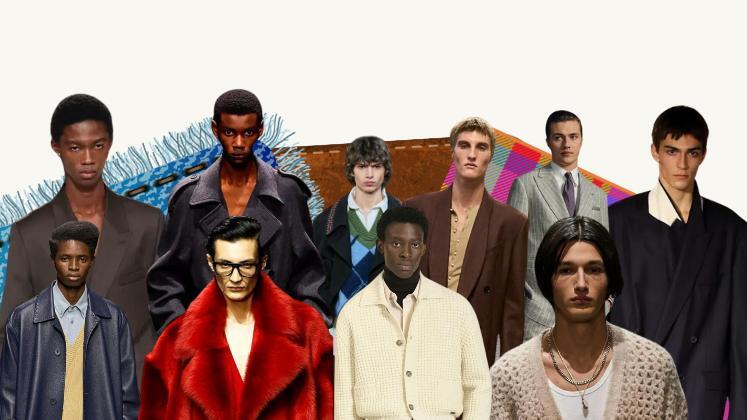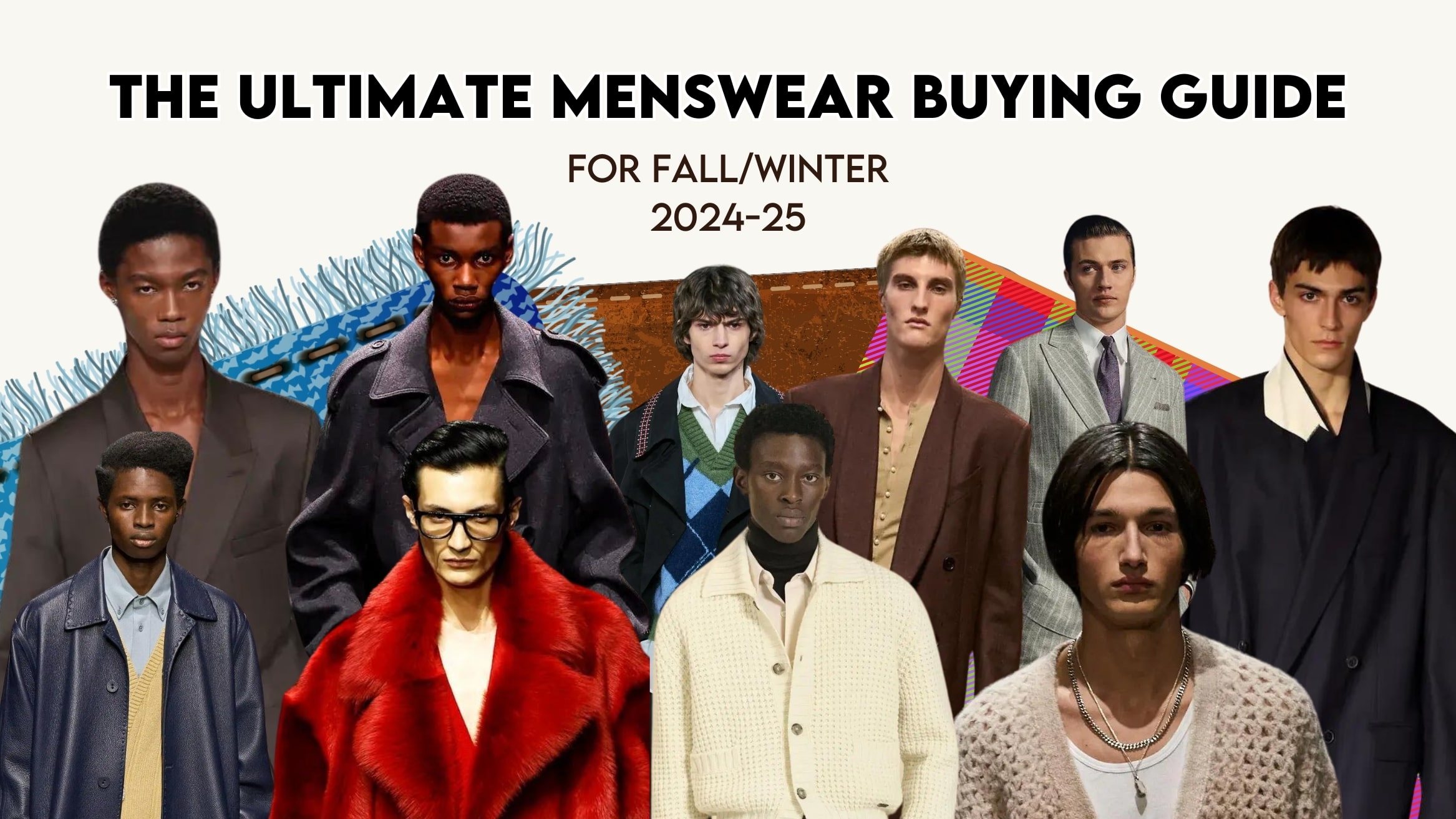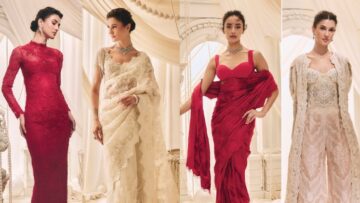India’s fashion landscape is undergoing a profound shift, heavily fuelled by evolving consumer preferences and a burgeoning buying power that is reshaping the retail narrative. As the country’s retail sector continues to evolve and thrive, the menswear market stands as a beacon of innovation and style.
In recent years, Indian consumers have become increasingly discerning, seeking out garments that not only reflect their personal style but also align with their core beliefs and values. In 2024, the men’s apparel market in India reached a revenue of US $ 31.10 billion. Projections indicate that the market is poised for steady growth, with an anticipated annual growth rate of 3.93 per cent (CAGR 2024-28), as indicated by Statista.
In the realm of menswear, consumer demand is evolving, propelled by a desire for self-expression and sustainability. Sanjeev Wadhwani, Creative Head at retail giant KKCL which houses brands like Killer, Integriti, LawmanPg3, Easies, K-Lounge and Addictions amongst others, notes, “Indian men wish to make a strong fashion statement and thereby pronounce their awareness of global trends. It’s about standing out in the crowd while demanding comfort and functionality.” He further elaborates on this shift, emphasising the importance of garments that not only stand out but also prioritise comfort and functionality.
| US $ 31.10 bn In 2024, India’s men’s apparel market reached US $ 31.10 billion, set for steady growth, with a projected annual growth rate of 3.93 per cent (CAGR 2024-28). |
This sentiment is echoed by Gaurav, Designer and Founder of Khanijo, who emphasises a shift towards quality over quantity, stating, “There is a complete and clear sign of people getting smarter with their purchasing choices. Consumers are prioritising high-quality products and understated elegance over flashy pieces. It’s about making informed choices that reflect personal style and values.”
Against the backdrop of a rapidly expanding middle-class and the rise of organised retail, India’s fashion market is poised for exponential growth. Sanjeev highlights the untapped potential of the market, driven by increasing disposable incomes and evolving consumer preferences. He comments, “The sheer size and scale of the market, coupled with growing income, ensure steady growth in the menswear segment, presenting immense opportunities for brands to innovate and captivate.”
Consumers are increasingly prioritising authenticity and innovation, favouring minimalist designs over overt branding. This reflects a broader trend towards conscious consumption and a desire for products that align with personal values and aspirations.
Gaurav underscores the importance of standing out in a crowded marketplace while stating, “Consumers are gravitating towards subtle, clean designs that prioritise quality over branding, signalling a shift towards conscious consumption and a desire for meaningful connections with brands.”
| “Must-have essentials for Fall/Winter 2024 include oversized garments for the perfect streetwear look, a basic pair of stretchable raw jeans, overshirts for lightweight layering, cargo pants, comfort fit jeans, chinos and pants. Silhouettes are definitely becoming more anti-fit. Casual checks will stand out in the print domain.” Sanjeev Wadhwani Creative Head, KKCL |
As we anticipate the upcoming Fall/Winter season, a fusion of classic silhouettes with contemporary twists take centre stage. Menswear undergoes a fascinating evolution, blending modernity with timeless sophistication where antifit silhouettes redefine conventional tailoring, as oversized garments and comfort-focused designs accentuated with functional elements take precedence. Sanjeev foresees a trend towards relaxed fits and layered ensembles, with lightweight overshirts and chunky knitwear adding depth to outfits, while cargo pants and comfort-fit jeans add versatility. Predicting a surge in street-inspired fashion and denim, Sanjeev states, “Loose fits, bright colours and bold trims will dominate the streetwear scene, catering to the youthful spirit of consumers.”
Contrasting this urban exuberance, Gaurav envisions a palette of deep, rich hues that epitomise timeless elegance. From oxblood red to deep burgundies, shades of red exude sophistication and warmth, offering a refined alternative to the classic black. Trench coats and long coats emerge as wardrobe staples, exuding understated luxury and enduring style.
Texture becomes a focal point, as fabrics with tactile appeal elevate garments. Gaurav suggests exploring innovative substitutes for leather, providing ethical alternatives without compromising on style. Expect to see a resurgence of suede and fabrics with sheen, evoking a sense of luxury and tactile indulgence. He explains, “Expect a resurgence of classic long coats and trenches in deep hues like oxblood red and burgundy, offering a refined yet striking aesthetic.”
Moreover, tech-infused fabrics will revolutionise sportswear and loungewear, blending style with functionality. Gaurav highlights the emergence of premium materials that offer enhanced performance and comfort, complementing traditional fabrics like wool and cashmere known for their timeless elegance.
In an era marked by sustainability, the importance of championing eco-friendly materials and ethical production practices cannot be ignored. With growing environmental concerns, the fashion industry faces increasing pressure to adopt sustainable practices. This includes sourcing eco-friendly materials and implementing ethical production processes. With growing awareness of the environmental impact of fashion, consumers are demanding transparency and accountability from brands.
Eco-friendly materials such as organic cotton, hemp or recycled fibres which minimise harm to the environment and reduce reliance on conventional, resource-intensive fabrics like polyester or conventional cotton, have started gaining consumer interest. This approach resonates with increasingly conscientious consumers who seek to align their purchasing decisions with their values, driving the demand for sustainable and ethically produced fashion.
| “Trench coats and classic long coats will do really well. Explorations with textures on textiles will persist, potentially leading to innovative substitutes for leather. Expect a high demand for suede and fabrics with sheen in the upcoming winter season, as they offer a luxurious and tactile appeal.” Gaurav Designer and Founder of Khanijo |
Gaurav emphasises the importance of quality craftsmanship and longevity in a consumer-driven market. He states, “High-tech fabrics and traditional materials like wool offer durability and versatility, resonating with consumers who value timeless style and superior craftsmanship.”
Sanjeev recommends investing in polyester fabrics derived from recycled PET bottles, emphasising KKCL’s commitment to environmental stewardship. “We’re incorporating upcycled and recycled materials while minimising waste in our production process, ensuring that each garment tells a story of sustainability and innovation.”
In essence, Fall/Winter 2024 celebrates a fusion of contrasts and convergence, where street-inspired exuberance meets timeless sophistication. From long coats to functional detailing and rich textures and a revival of denim, the fashion landscape is bustling with new energy. As India’s fashion renaissance unfolds, menswear brands like KKCL and Khanijo are at the vanguard of this transformation, redefining the narrative with their commitment to sustainability, innovation and timeless style. With consumers embracing a new era of conscious consumption, the future of Indian fashion shines bright with promise and possibility.








